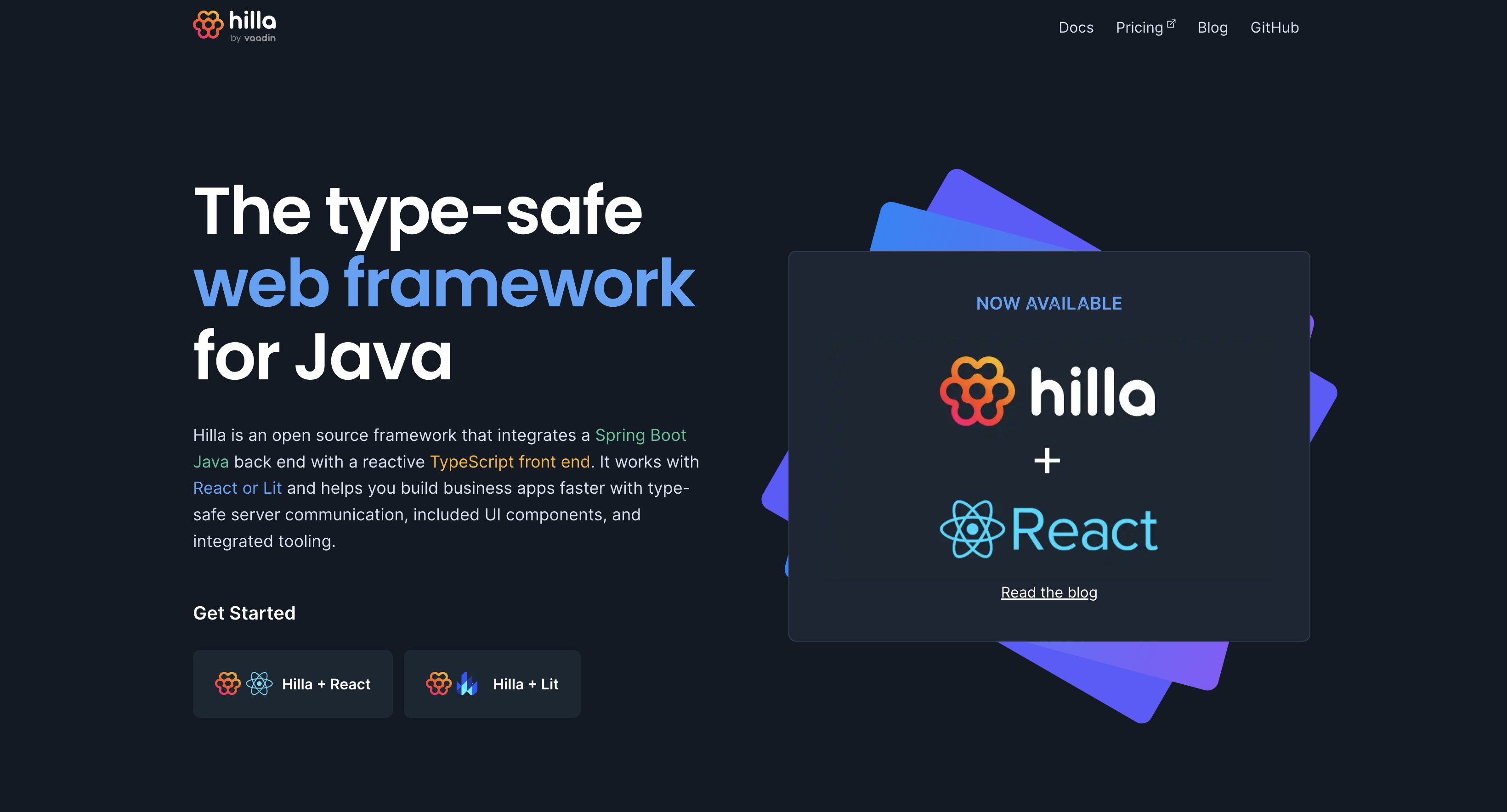Simon Martinelli, the owner of 72Services, is a familiar name in our community and it's an honor to nominate him as a Vaadin Community Award winner for the second year running. Simon started his software development career 27 years ago as a Cobol developer on an IBM mainframe before switching to Java. He works as an architect, and a full-stack developer, and coaches clients in various industries. In addition to his work, Simon teaches architecture of distributed systems and persistence technologies at the Berne University of Applied Sciences in Switzerland. He also enjoys speaking at conferences, writing articles, and having his own blog. .png?width=1600&height=900&name=Simon%20Martinelli%20(4).png)
How do you see the software industry evolving in terms of tools for software developers?
Compared to when I started with Java the tools and frameworks are more powerful and complex mostly because the requirements have increased, especially in the UI. On the other hand, there are many more tools and frameworks, and it’s more difficult to choose the right tool or framework.
As the owner of 72 Services, you help customers modernize their legacy applications and create new state-of-the-art software using modern technologies. In your experience, what are some of the biggest challenges companies face today when modernizing their legacy applications?
Software modernization projects are consistently underestimated. It basically makes no sense to replace a system one-to-one without adapting the system to new requirements, and that inevitably leads to additional work. On the other hand, the people who know the system best are unfortunately not 100% available for the modernization project.
What advice would you give to developers considering and evaluating Vaadin for their next project?
Go to start.vaadin.com, create and download a new project and explore the code. That will be a great starting point. Also, read the documentation and use the Vaadin Discord server to ask questions. Understanding how Vaadin works is beneficial, and you will find people on Discord that will be happy to help you.
Alongside our Vaadin Flow framework, we have the type-safe framework, Hilla. What has your experience been like with Hilla, so far?
I’m currently coaching one of my customers in developing a webshop prototype with Hilla. The prototype developer is a pure Java developer, but he felt familiar with Hilla from day one. This is probably because TypeScript feels like Java, but also because the concepts like data providers or forms with validation are very similar to Vaadin Flow. The fact that the client-server communication code and type-safe model include validation rule generation, makes it superior to other solutions with traditional client frameworks such as Angular or React.

If you could give three pieces of advice for upcoming software engineers, what would they be?
-
Look for a mentor. Join a company where you can work on a project with senior developers. Learning from more experienced developers helped me the most when I started my first software developer job.
-
Ask. Don't be shy because you think your question is stupid. There are no dumb questions. Asking saves you time compared to searching with Google, where you have to decide whether the search results are relevant or not.
-
Spread your knowledge. Once you are familiar with a topic, write a blog or have a talk. Researching the topic you want to write or speak about will increase your knowledge.
Congratulations on winning the VCA for the second year in a row! We truly appreciate your continuous contribution to the Vaadin community. This recognition is more than well-deserved!
Thank you very much! I am honored. I love being part of the active Vaadin community and sharing my knowledge about Vaadin Flow and Hilla.